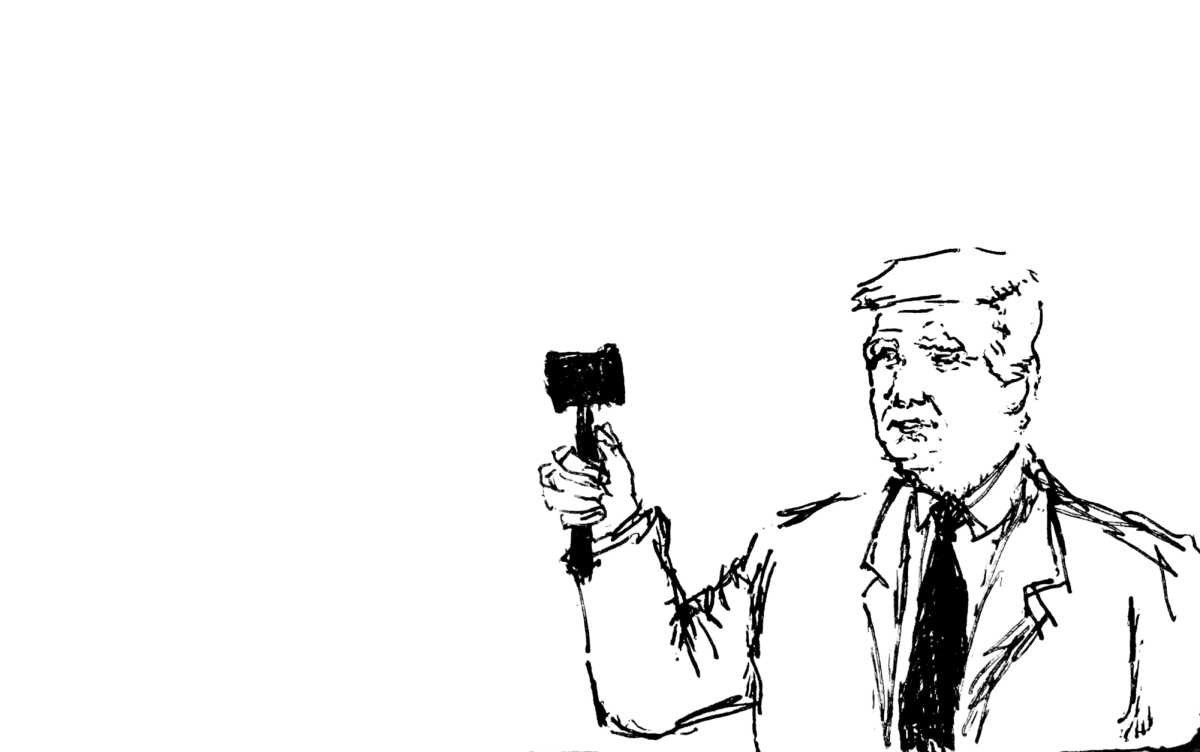Recently, discussions of the importance of representation and equality have become commonplace at LM. Especially in tokenized months such as Black History Month and Women’s History Month, it is common to have lessons and small units specifically targeted at highlighting works of marginalized communities. Many allies and fighters for equality have called into discussion the importance of diversity and celebration of historical figures prominent in their given subject. While many teachers attempt to amend the system to squeeze in representation, one point not being taken into account is the innate destructive nature of the system itself.
Current modes of English curricula rely on what is considered to be excellent. When it comes to literature and the arts, the subjective decision about whether or not it is “good” is at the crux of whether it will be integrated into the class. But what does “good” or “excellent” look like? The truth is, excellence is a social construct and the way we view and rate works comes down to the society and culture we live in. When the history of our country, especially relating to literature and arts, is taken into consideration, the cracks begin to show.
It is widely agreed upon that Shakespeare was a pioneer of his time and his work is still held in high regard throughout LM’s English department. Jane Austen and her novels riddle my early years at Bala Cynwyd Middle School. From my past seven years at LMSD, I have been required to read Edward Allan Poe’s The Raven in at least three different classes. All of these writers and works are widely agreed upon as quality, but the truth is, poetry, novels, and plays hail a Eurocentric privileged past. A mixture of cultural diffusion, dissipation of language, and systemic barriers for achievement means a majority of “classic” authors in these fields are white, privileged, European descendants. Perhaps more importantly, the standard of excellence within novels, poems, and playwriting was developed by these same groups. What does this leave us with? A concept of quality literature and arts developed by and for wealthy, white Eurocentrists.
Many have recognized the lack of diversity and inclusion within these groups of authors and have attempted to combat it by including a more diverse set of novelists, poets and playwrights. By pinpointing specific authors and artists of color, many believe equality and diversity have been achieved. Instead, this mindset has led to a performative way of celebrating people of color who have been able to best conform with the Eurocentric culture. Though any and all artists and authors should be celebrated, it is important to not force a media or expectation on artists and authors as a whole. Figures like Amanda Gorman are making history and changing the world but high school students’ education should not be limited to just her.
Media forms of “good” art and literature could easily be expanded beyond what it is today. Pivotal parts of communication and analysis – some of the aims of the English curriculum – could be achieved through more inclusive forms. Things like spoken word, a pertinent part of several indigenous communities including the Lenni-Lenape people whose land LMHS occupies, could be an integral part of literature and arts curriculum. Other forms such as lyrical music and the importance it has within the Black community as well as the historical significance of lyrics in education during Jim Crow are all facets that should be delved into rather than being regarded as too un-excellent to include within curriculum.
At the end of the day, we as a society must confront what we believe is important to learn about and what is not. We need to address the aspects of our life so heavily rooted in our societies’ history and examine the importance they still hold. Finally, we need to dedicate ourselves to true inclusion and diversity, not just within LM as many English curricula are far worse, but throughout the world.





